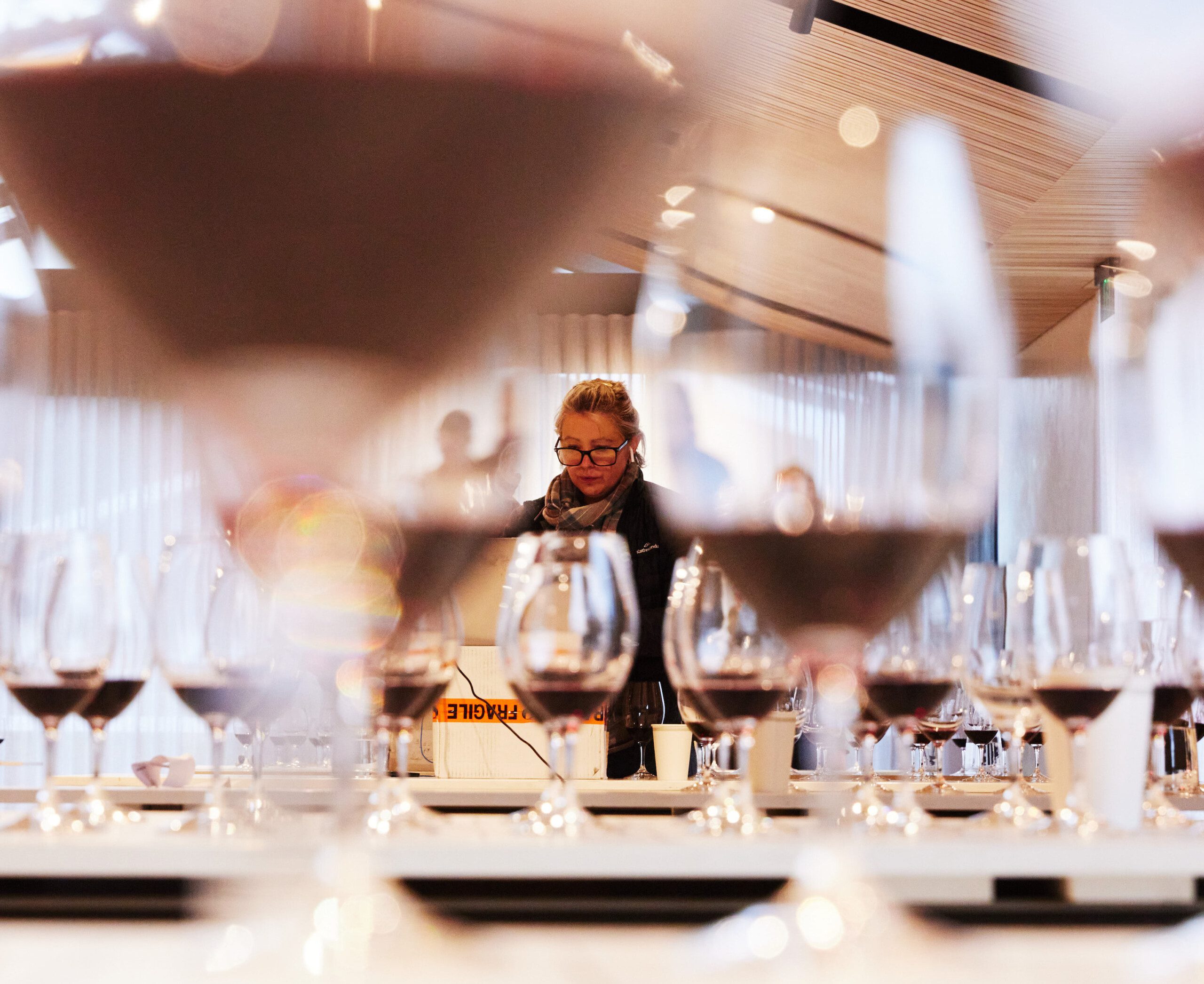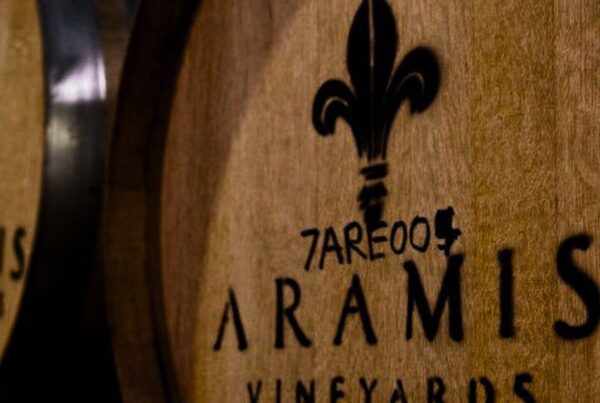
Jean-Claude Mas, the French winemaker behind The Arrogant Frog wines, who was in Australia recently, makes a great point.
Mas said he was looking forward to Australia getting access to the China market again and being a force promoting wine to Chinese consumers.
We are in this wine game together, and we are better off working together to promote wine than we are fighting amongst ourselves, country v country or region v region.
The threats to wine are big and they’re growing.
There’s the wowsers, the taxers, the opportunist academics scavenging for government grants, the RTD margin hunters, the cocktail and mocktail evangelists, to name a few.
A few months ago, I ate with a group of USA trade visitors at Adelaide institution Herringbone.
It looked like a pretty standard Saturday night at ‘the bone’ to me, but the Americans were amazed by the scenes of every person at every table drinking wine.
Stateside, they said, it would be at least 50 percent cocktails.
A related point to the one Jean-Claude Mas was making in The Australian was also being made in a keynote speech by Curtis Mann MW, wine buyer for the Albertsons and Safeway supermarkets in the USA, at the ‘Wine Conversations’ conference in the Napa Valley.
Mann wants wine producers to be more transparent in labelling of allergens, calories, use of animal products, and organic and biodynamic practices to give consumers more clarity.
He also said that consumers perceive more value from imported wines than American wines, a sentiment that Jeremy Oliver has expressed about our Australian market.
Wine needs to up its game in the competition for palates and wallets, and domestic wine, in particular, needs to compete hard on quality and affordability.
While wine has a lot going against it at the moment, there are some fundamental qualities that wine has that I believe we can promote with more conviction.
At its best, wine is a life affirming experience.
It’s a brilliant, complex, sophisticated, natural agricultural product that lets us travel through time and space and connect with people we love as well as people we have never met and will never meet.
It’s because of these qualities that I think wine will be ok in the long run.
Whether it will survive or thrive though, whether it will be just ok or great, whether it will be break even or be highly rewarding, is to be determined.
For best results, we need to enlist a lot of help from the retail and restaurant trade, but we also need to invest in them.
Wine can add huge value to restaurants, but we shouldn’t take the privileged position we have in restaurants for granted.
Few if any products can increase the average spend in restaurants the way wine can, easily doubling the spend for the right customers.
We instinctively know all the positives of wine for restaurants – attracting the right customers, helping define a venue’s identity, complementing the food – as well as being not perishable and being easy to serve.
But the margins of cocktails can be higher, the storage easier, the investment in stock lower, and the presentation more engaging.
Our place isn’t guaranteed, so adding value to the relationship with restaurants via education, via great service, offerings tailored to them, and helping them make good margin, as well spending money with them, are all important.
Some people in the wine business whinge about the margins that restaurants make… well, if there’s one thing worse than a restaurant making a very large margin on wine, it’s a restaurant making too small a margin, because that’s when we’ll see the cocktails move in.
The other massive role the on-premise trade can play in the wine business is giving us a way to get wine in front of new wine drinkers.
Imagine how many twenty-somethings would have had one of their early wine experiences at Chin Chin, or Coogee Pavilion, or the Beach Hotel in Byron Bay.
If we are going to convert a healthy number of young consumers into wine lovers, restaurants, bars and pubs will be a big part of that.
If we are making wines that meet the price, style, varieties and packaging that the buyers of these venues need, then we’ll be getting our wine in front of the next generation of wine drinkers.
Another thing that Jean-Claude Mas said was that “I trust Australia to promote strongly wines in China and to make the cake that much bigger, so if I have a small piece of the cake, it will be that much bigger than what I have today.”
What a great sentiment, although maybe that was more true 20 years ago than it is today.
It feels like we’ve lost a bit of our mojo in export markets.
We’re not as confident as an industry in our offering or our unique selling proposition.
Twenty years ago we could say that our everyday wines delivered more flavour than the competition and were clean, varietally labelled, and helped democratise wine, while our more premium wines were distinctive and stylish.
Our everyday wines now don’t have those advantages over the competition, so those producers need a new answer to the question of why the trade in export markets should buy them.
The oversupply needs a correction, but having too many hectares under vine for our industry is not new.
It doesn’t stop real quality and interest from thriving.
Ashley Ratcliff at Ricca Terra Farms is a case in point, and there are plenty of other producers, importers and distributors doing well in a tough market.
The economy is struggling, and it’s been a tough time for Australian wine with China, and wine needs to fight for its place at the table.
But we can definitely thrive if we’re up for the challenge.
Photo: Judging for the James Halliday Australian Chardonnay and Cabernet Challenge at Hubert Estate in the Yarra Valley.
• Article first published in the March-April 2024 issue of WBM – Australia’s Wine Business Magazine. To subscribe click here.
Related content













Recent Comments